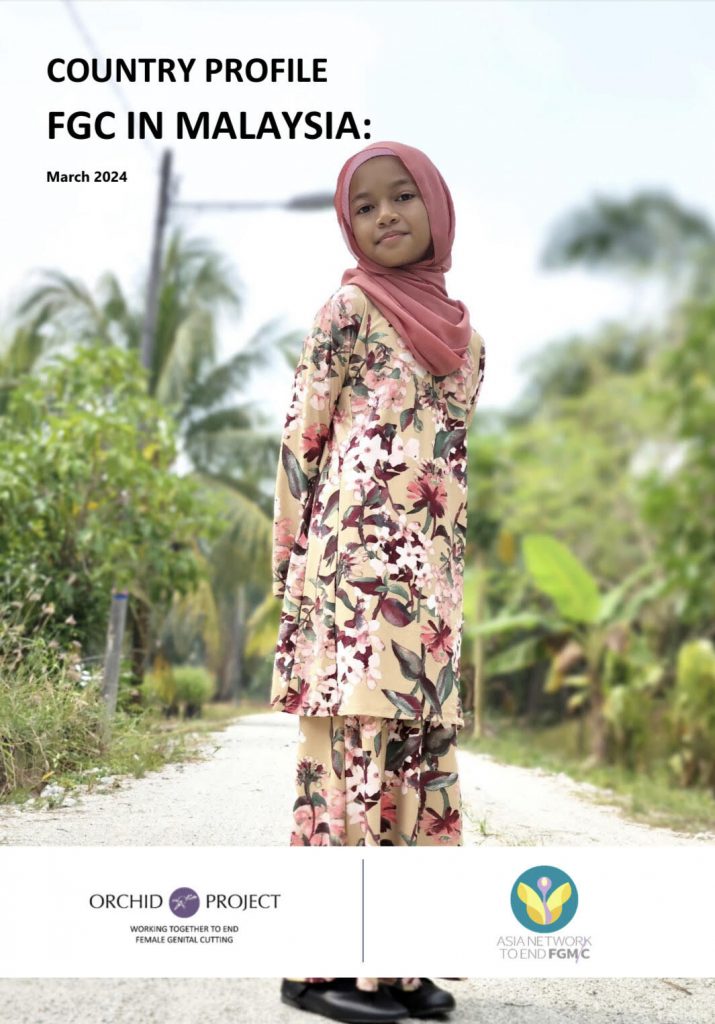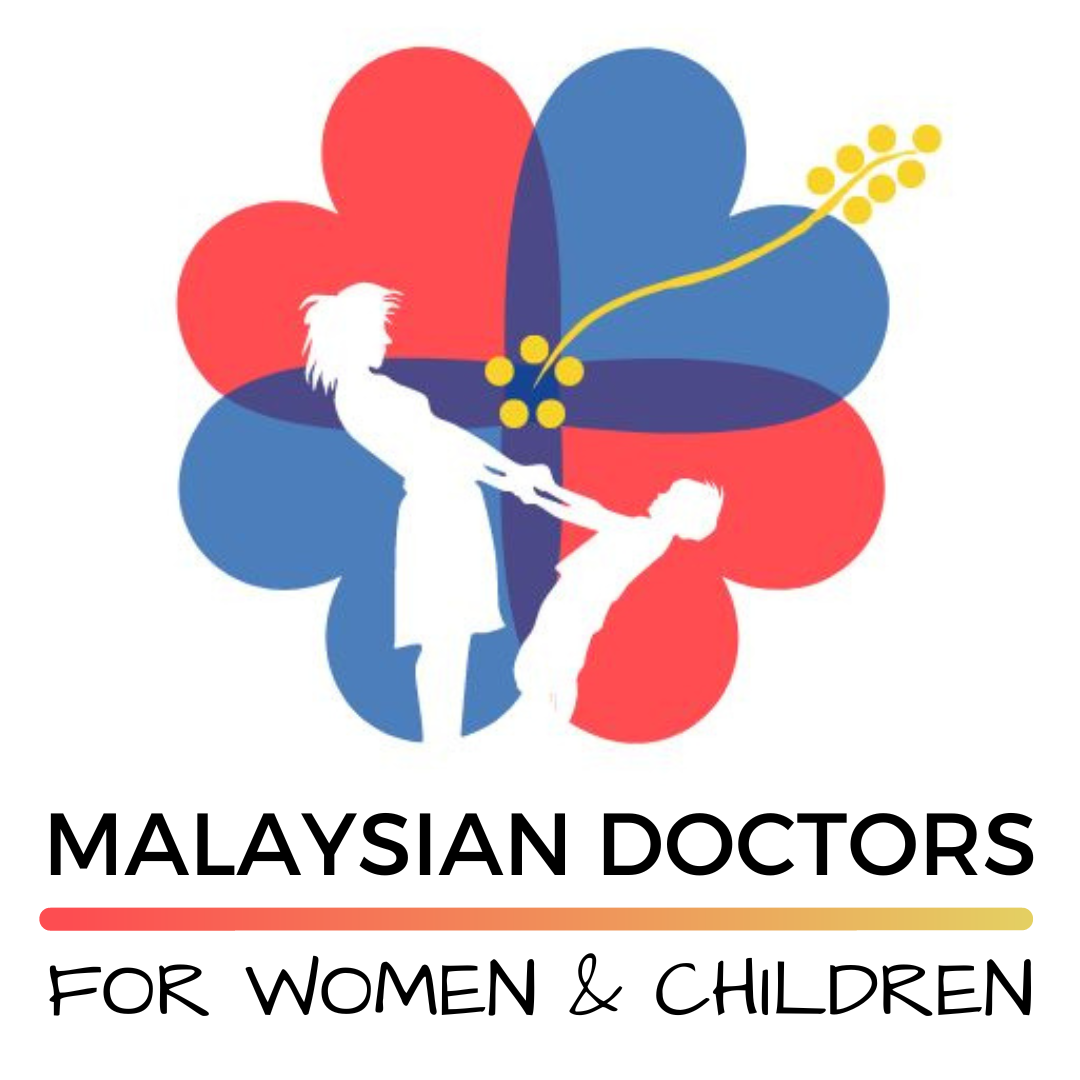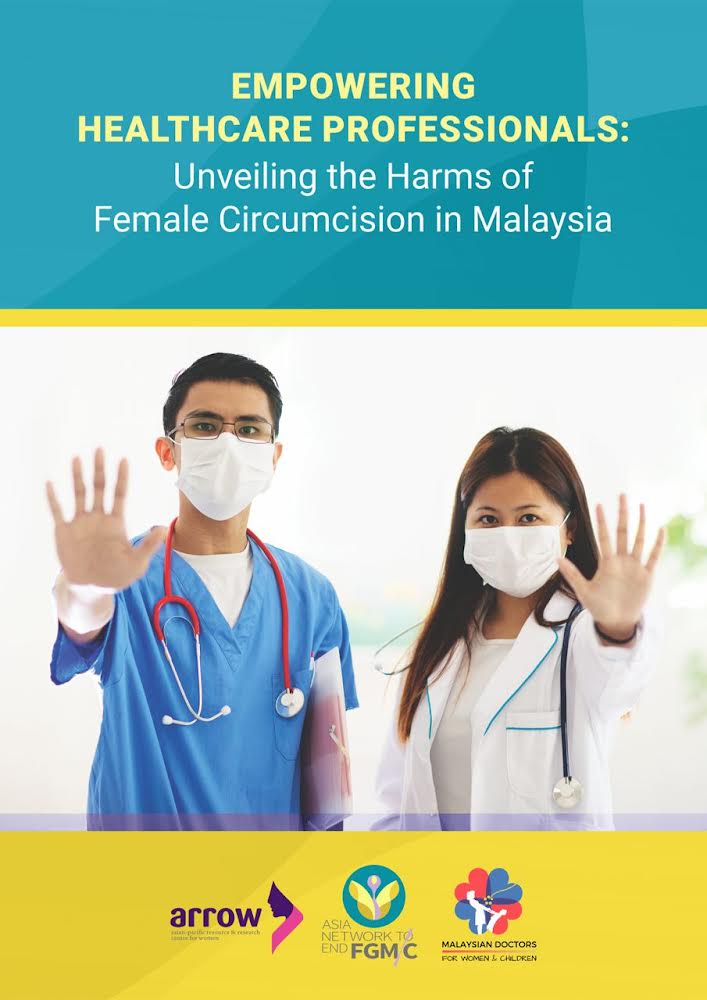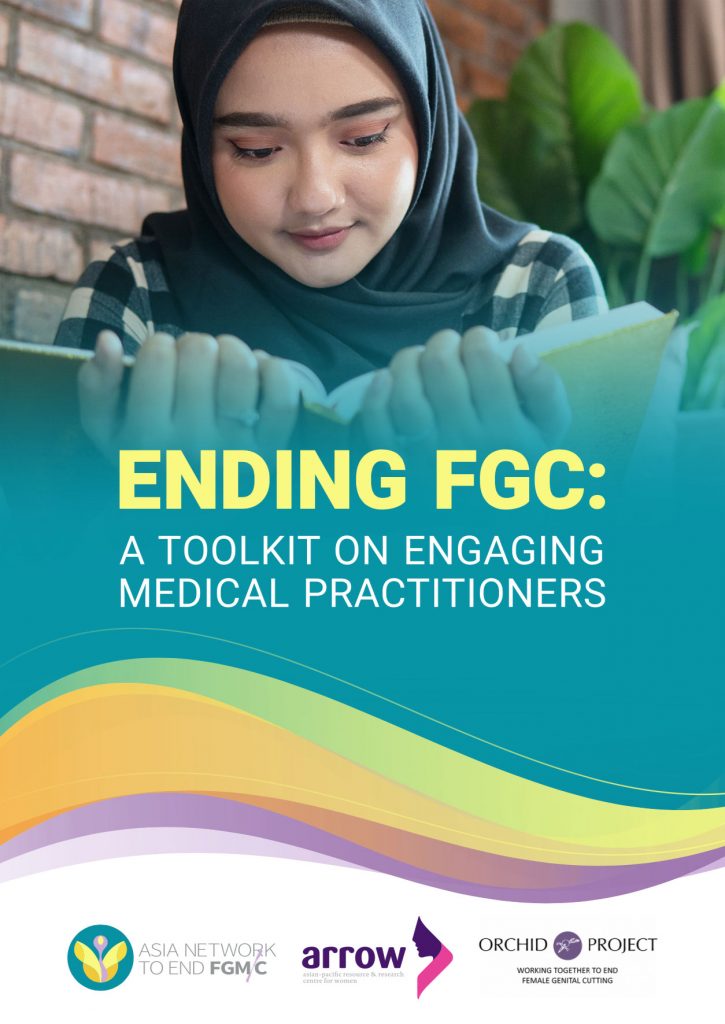Female Genital Mutilation/ Cutting (FGM/C)
Female Genital Cutting in Malaysia (please click on the image)

Female genital cutting in Malaysia: a mixed methods study by Rashid A, Iguchi Y.
This is a study conducted among women in Kedah and Penang in predominant Malay Muslim areas. 605 women were interviewed regarding if they have had FGC, the reasons for doing so, and who had conducted the FGC. Several women and two Muftis were also interviewed in-depth. The study found 99.3% of women had been subjected to FGC with a trend towards medicalisation of FGC. The most common reason is the belief that this is a religious requirement however this has been refuted by the Muftis interviewed.
Medicalization of female genital cutting in Malaysia: A mixed methods study by Rashid A, Iguchi Y and Afiqah
This is a study conducted among Malaysian Muslim doctors; 336 doctors took part in the study with 24 in-depth interviews. The study explored why doctors were performing FGC and what FGC methods they were employing. The study has found that the most common reasons for doctors engaging in this practice is religion and culture and worryingly more doctors are engaging in harmful methods of FGC.
Earp BD In defence of genital autonomy for children
Female genital circumcision is currently illegal in many Western countries. This article explores the problems that can arise if minimal forms of female genital mutilation is tolerated and also calls for less tolerance of male circumcision. The author argues for respect for a child’s bodily integrity and that an informed choice is made by them when they are adults.
Relevant Non-Peer-Reviewed Articles
The rise and fall of FGM in Victorian London
Did you know that in 1860s London, FGC was seen as treatment for mental illness, masturbation and disobedient wives? Learn about the notorious Isaac Baker Brown.
Malaysia’s anti-FGM advocates: Leave our bodies alone
Read these stories from four women who had been subjected to FGC themselves and why they are choosing not to let their children be subjected to it.
FGM in Asia Pacific Region
In the global mindset, FGC has always been associated with African countries. However, FGC is also prevalent in Malaysia, Brunei, Singapore, Indonesia, India, Pakistan and Maldives. Read a short description about the prevalence in each country and the Asian organisations trying to end the practice including Asia Network to end FGM/C.
We won’t eradicate FGM if we keep misunderstanding its history
FGC is part of the indigenous cultural system. Predating the current notions that FGC is about controlling women’s sexuality, FGC is likely to have been part of collective human sacrifice rituals to the gods to avoid a curse from the ancestors.




